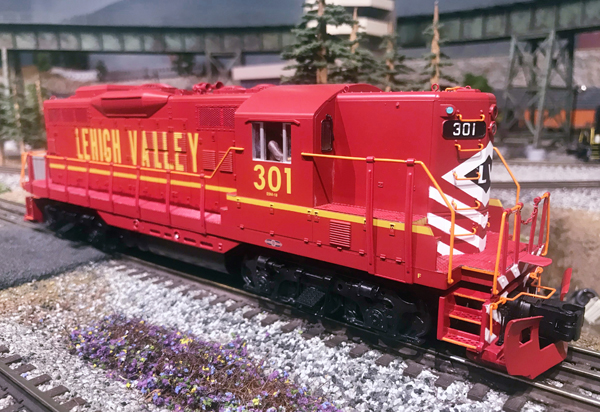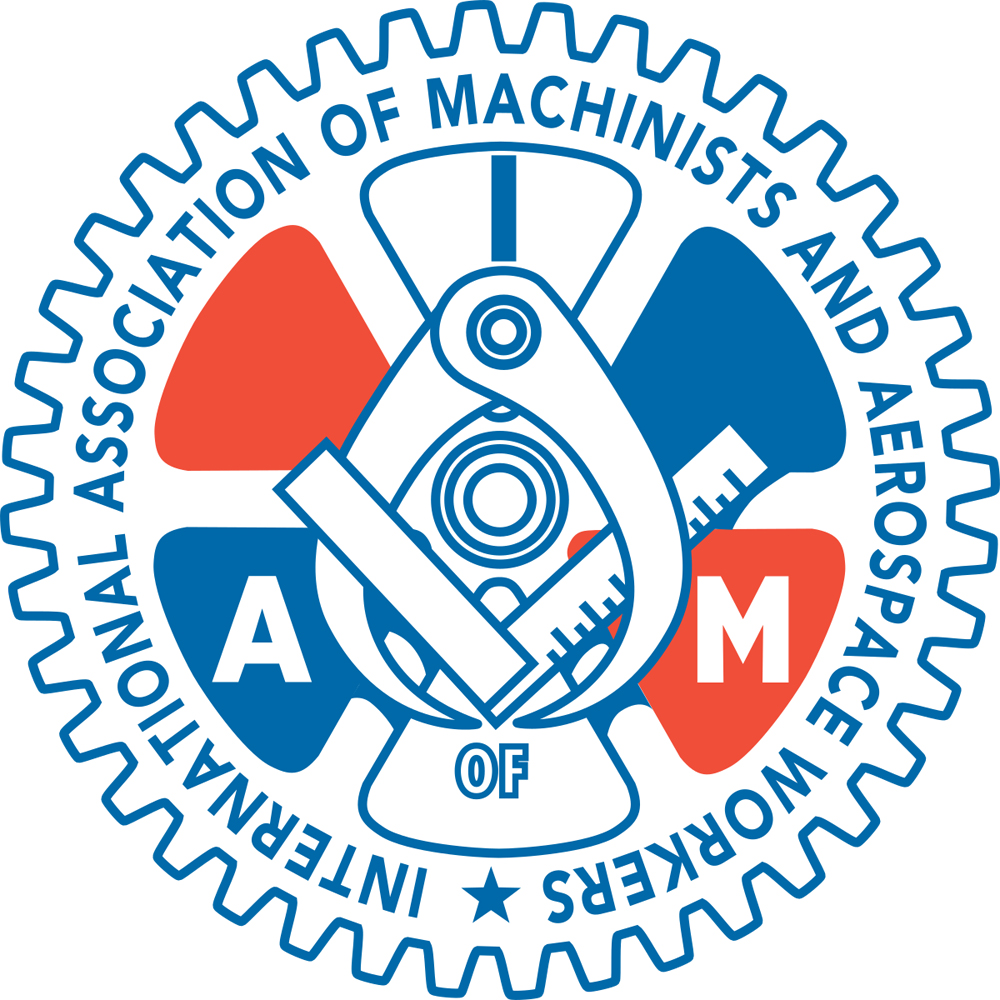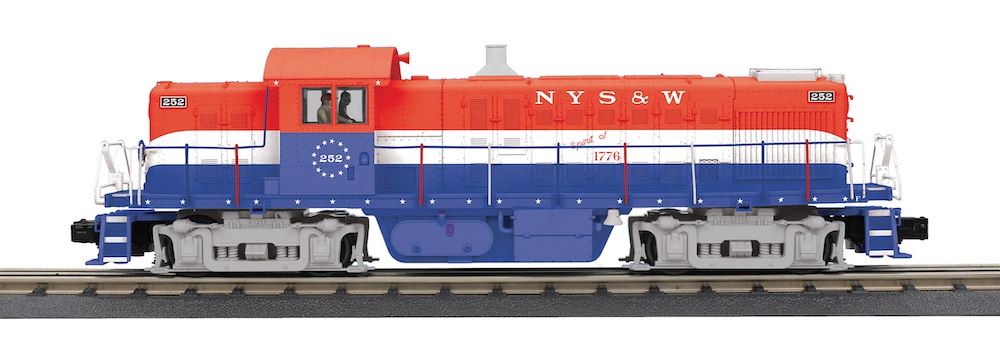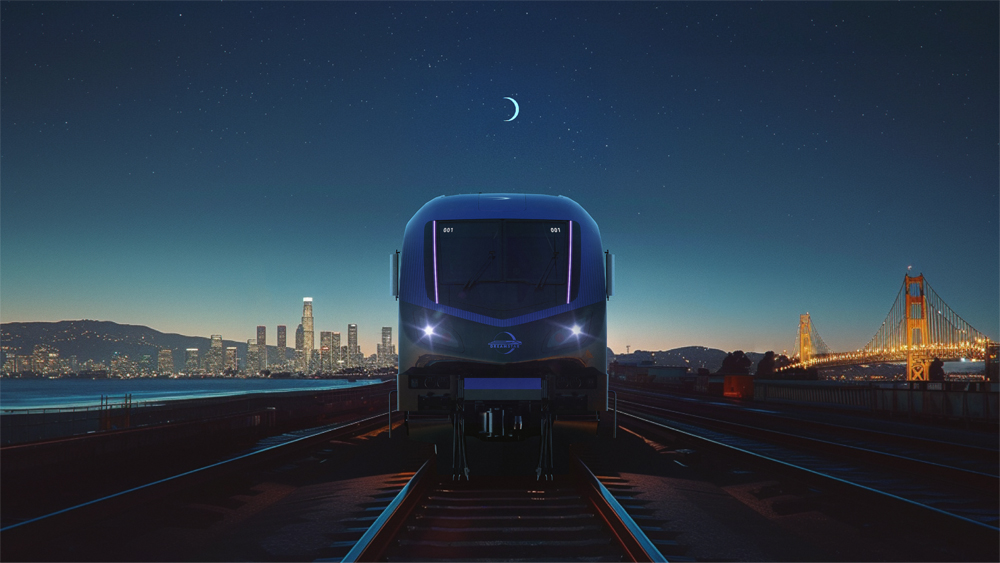Price: $499.95 (20-20864-1) Min curve: O-31 Cmd low: 3.1 smph Cmd high: 78.2 smph Drawbar pull: 2 lb., 2 oz. Features: ProtoSound 3.0 sound and Digital Command System, ABS plastic body, metal chassis, detachable snowplow, two hand-painted crew figures, remote-controlled couplers, illuminated numberboards and classification lights, ProtoSmoke diesel exhaust, ProtoScale three-rail/two-rail conversion capability Current-production road names: Conrail, Denver & Rio Grande Western, Lehigh Valley, Soo Line, Southern Ry., and U.S. Army
Website: mthtrains.com
Although some people in this hobby like to distinguish between collectors and operators, the fact is that pretty much all of us are collectors to some degree. We love collecting almost anything, and this desire often extends beyond the hobby. For example, my main passion is collecting trains, I also collect pocket knives, Zippo-brand cigarette lighters, and foreign currency.
Within the toy train hobby, it’s possible to have many sub-collections going on simultaneously. You can chase after cabooses, collector series of rolling stock, particular railroad names, and favorite types of locomotives.
One of my recent collecting goals has been to acquire one example of every O gauge model produced of a GP-series road diesel made the Electro-Motive Division of General Motors. This is a long-term project – there have been quite a few models over the years!
My latest addition is MTH’s newest rendition of the venerable GP9. Because it was one of the most successful diesel locomotives ever, I was eager to add this model to my fleet. Let me tell you, the MTH GP9 did not disappoint.
Prototype notes
The GP9 was a four-axle diesel-electric road switcher built by EMD (and GM Diesel in Canada) between 1954 and 1963. Power was provided by an EMD 567C 16-cylinder engine, which could generate 1,750 horsepower. GP9s could be ordered with or without cabs – cabless units were designated as GP9Bs.
The GP9 saw great success. EMD built more than 4,000 of them during the production run. This makes the GP9 the most successful of the Geeps in terms of units produced.
Among the largest buyers of the GP9 were the Chesapeake & Ohio with 363 units, the Illinois Central with 348, and the Norfolk & Western with 306. Many rebuilt GP9s remain in service, mostly with short lines and industrial operators. A few GP9s, however, can still be found doing switching duties on Class 1 railroads.
The MTH model
MTH is certainly no stranger to the GP9, as it has cataloged the model a number of times over the years. The latest rendition appeared in the first volume of the 2018 catalog and was delivered in June of that year.
My GP9 arrived in the familiar purple box in which MTH packs all its Premier line engines. Inside, along with the locomotive, were spare traction tires, a plastic plow attachment that can be affixed to the front of the model, and an abbreviated instruction manual to help newcomers get up and running.
On the track
The MTH GP9 is a relatively small road engine, but it sure packs a punch. The model measures just a bit less than 15 inches in length and weighs 4 pounds, 3 ounces. It generates 2 pounds of pulling power. The minimum required curve for this model is O-31, which makes it a great choice for service on smaller layouts.
On placing my Lehigh Valley GP9 on the track, I was struck first by the incredible paint job, which is absolutely flawless. I’ve always been a fan of red paint schemes. The crispness of the color on this model, coupled with the safety striping on the front, gives it a bold look that can’t be beat.
The beauty of the model is enhanced by an abundance of prototypical details typical for Premier line models. Examples of the fantastic attention to detail demonstrated by this model include drainage holes in the steps, safety tread on the walkways, detailed die-cast metal truck sideframes, and excellent fan details on the top of the engine.
As usual with current-production MTH locomotives, the GP9 comes equipped with ProtoSound 3.0 and Digital Command System. The start-up sounds on the engine are, in a word, awesome! The sounds of the prime mover, horn, and bell were wonderful.
The crew talk sound effects are also a lot of fun. I know some folks don’t care for the crew sounds, but I always get a kick out of them. The sequence on this engine, in particular, was just pure fun.
For me, great sound is one of the many aspects of this hobby that make me feel the same excitement I did as when I was 12 years old. O gauge trains are much more about having fun than being a serious modeler, so my suggestion is to sit back and enjoy all the sounds these models offer.
There are a few ways to run this locomotive. The optimal choice is to use DCS. You can do this with either the DCS remote-control unit or, if you’re up on modern technology, via the DCS app on your iOS or Android equipped smartphone. If you opt for the latter, you must purchase and install the DCS Wi-Fi Interface Unit (WIU) and install it alongside your DCS TIU.
Any operators who want to go old-school can run their MTH engines conventionally with nothing more than a transformer and some track. Because the GP9 was designed to run on two-rail track as well, it comes equipped with a DCC decoder on board.
The GP9 is equipped with a fan-driven smoke unit for the diesel exhaust stack. Like all MTH models with smoke units, it delivers tons of the white stuff. Most of the time I configure my MTH engines to use the “low” smoke setting; the “high” setting fills my train room with smoke in no time!
Operationally, the GP9 was perfect and traversed all straights, curves, and switches on my layout with the greatest of ease. The model features two flywheel motors and four traction tires, features that give this relatively small engine a respectable amount of pulling power. I was able to easily pull 22 O gauge freight cars behind this engine, and I’m sure it could handle more.
Conclusion
For those of you looking to add a solid workhorse to your stable of locomotives, look no further than the GP9 from MTH. Just like the prototype, it’s a champion.















I remember these and gp38 Chessie engines when I was a kid in the 70s and 80s. I still have trouble figuring out all of the diesel model numbers. I cant tell my gp7 from my gp9!